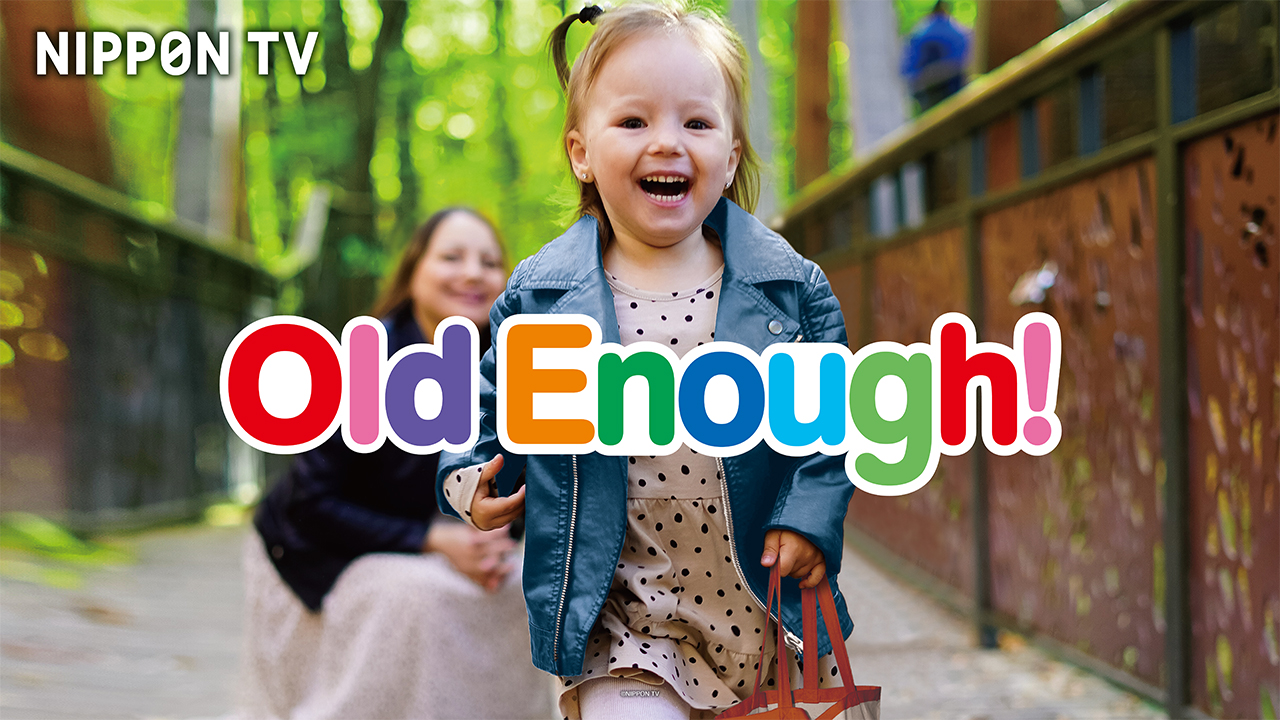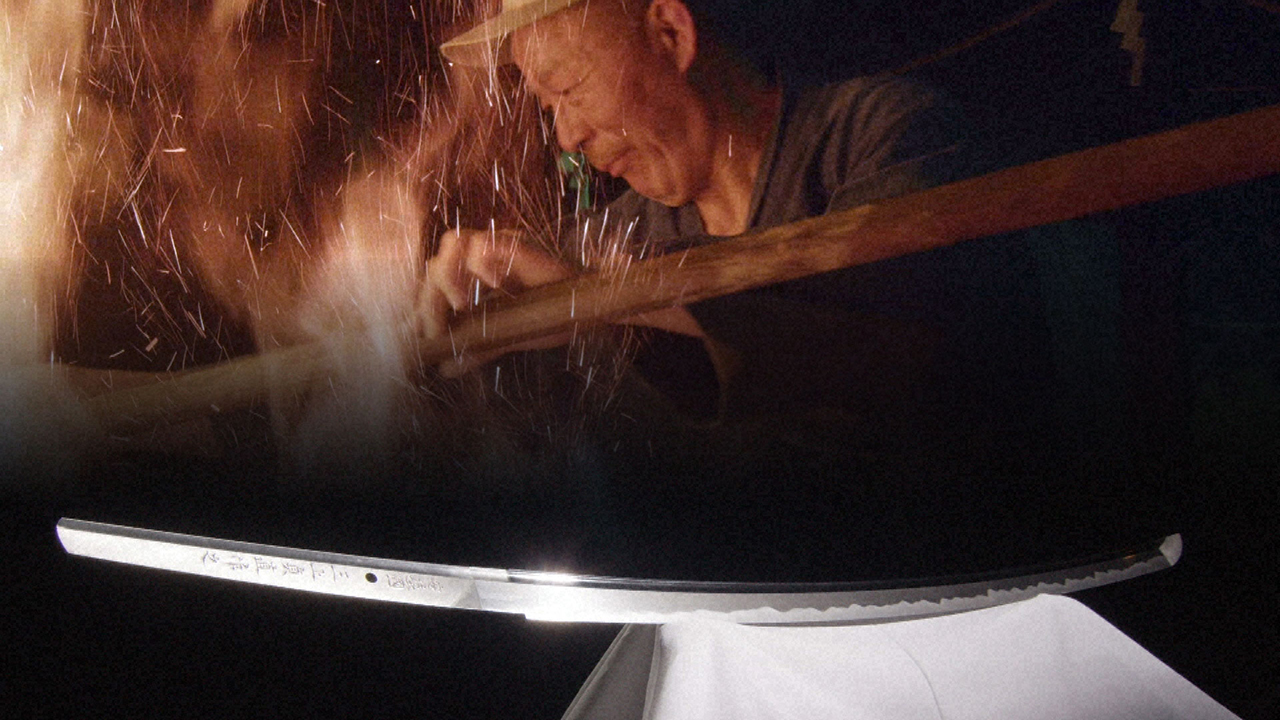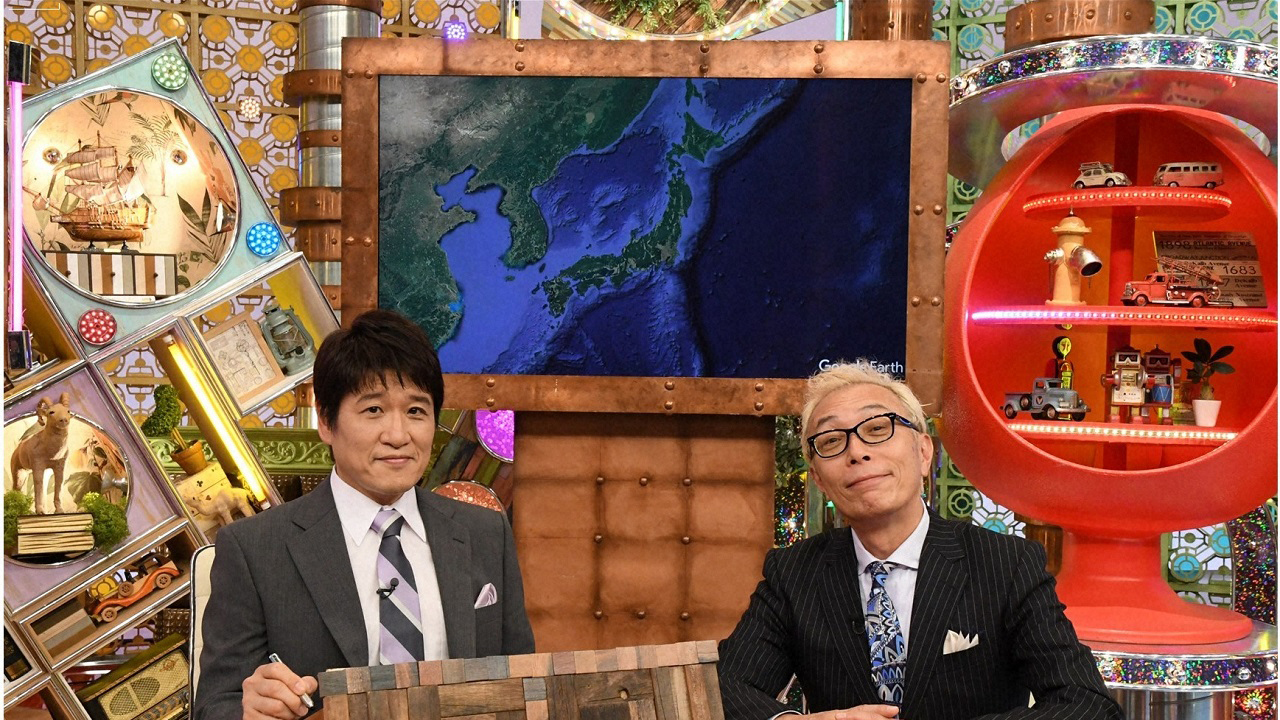Yukiko Kimishima, chief executive of business management at the Broadcast Programme Export Association of Japan (BEAJ), discusses how streaming has impact the country’s content exports and which genres are travelling the most.
What data can you share regarding the growth in Japanese content exports in the past year?
According to a report compiled by the Ministry of Internal Affairs and Communications, based on its annual survey of broadcasters and other organisations, the total value of content exports to foreign countries increased by ¥4.61bn [US$35.4m] during the one-year period from 2019 to 2020. This represents a 9% increase over the previous year. Within this figure, while the export value of programme broadcasting rights decreased by ¥610m, that for online streaming rights increased by ¥3.19bn, contributing to the growth in overall export value.

How is Japan’s position in the global content market changing?
Animé continues to be exported worldwide and is Japan’s strongest content genre. In addition to broadcasting and distribution rights, the diversity of the business that comes with these works, such as merchandising and game rights, is also considered an attractive feature. On the other hand, it is also true that Chinese and Korean animé is increasing its presence, and the space where Japanese animé used to have a monopoly is beginning to be threatened.
In addition, Japanese unscripted formats have taken the world by storm in the past, with productions such as Ninja Warrior, Dragons’ Den and Takeshi’s Castle. Last year, Old Enough!, which Nippon TV has been producing for over 30 years, was streamed worldwide on Netflix, again capturing widespread attention and spurring licensing agreements around the world. With Old Enough! grabbing the spotlight, it seems that all eyes are once again on Japanese unscripted formats.

Where is international demand for Japanese content the highest?
The greatest demand is undoubtedly for animé. We feel that streaming immediately after broadcast in Japan maintains the value of the content and solidifies its popularity. From Asia, we feel that there is a great demand for romantic comedy dramas. There is also a huge demand for so-called ‘boys’ love’ dramas. Unscripted formats and remakes of inspirational dramas (as scripted formats) are also tremendously popular, and although animé also enjoy the fastest-growing demand, unscripted gameshow formats seem to have gained more attention in the past few years.
Regarding animé, how do you explain the huge global demand for this genre?
Worldwide, especially in the West, animé is generally viewed and thought of as content for children, and there is little content other than theatrical films that can provide entertainment for the post-teenage generation. Japan has traditionally had a manga culture and Japanese animé has been a force to be reckoned with, given that it has a look and feel and stories that satisfy adults.

It is something to be incredibly proud of, having established a strong position as an entertainment genre worldwide. However, we should also recognise that Japan’s position is being challenged, as a generation of creators around the world has grown up enjoying Japanese animé and manga from childhood. This trend is particularly noticeable in China.
You mentioned new demand for unscripted J-formats. What are some recent highlights?
As usual, there are always inquiries for “crazy Japanese gameshow formats” and many of them actually get licensed. Meanwhile, Nippon TV’s Old Enough!, which Netflix began streaming in 2022, had many inquiries from many regions, including an option agreement for the Netherlands, and appears close to being licensed.
In the past year or two, we have seen a growing demand for romantic reality shows, with TBS’s dating reality Future Diary from over 20 years ago being produced again and streamed globally on Netflix. Also, NHK/NHK Enterprises’ Chiko’s Challenge was recently remade in Spain as MAPI. Thanks to streaming, we should see more classic programmes that have been on the air for years and those that were popular in the past being brought back into the limelight, in addition to new titles.

Aside from animé and formats, how is Japanese drama developing in terms of tone, style and format?
In the past few years, there have been many dramas based on comic books, but it appears that all companies are now focusing on developing original IP. This is because the development of original IP allows the companies to freely control the business derived from it, and their increase has led to an expansion in the licensing of finished programmes to global platforms. This growing business is driving broadcasters to add new drama slots.
As for the contents of programmes, those that can be watched casually without any tension, those that make you feel positive after watching, and those that carefully depict a so-called “classic love story” seem to win support. In terms of tone, more and more works are being produced with a look and feel that is more similar to movies, based on the premise that they will be viewed over a long period through streaming, rather than a single broadcast. It is becoming more common to produce spin-offs for streaming. A growing number of titles are gaining explosive popularity through streaming, even if they do not have high viewer ratings in broadcast.

What are some recent highlights of Japan’s activities in the documentary sector?
NHK/NHK Enterprise, which is particularly strong in documentary programming in Japan, prepared a line-up of programmes that would help people rediscover Japan in anticipation of the post-Covid world when it participated in Mipcom last fall, the first face-to-face event in three years. For example, the line-up included Tamahagane: Miracle Steel of Japanese Sword, which closely follows the production of Tamahagane, the miraculous iron used to make Japanese swords, and Cycle Around Japan, a travel series that takes viewers on a bicycle ride through the four seasons in Japan.
For the spring MipTV season, NHK is now preparing a wide range of programmes on traditional Japanese culture and nature, which will bring together NHK’s strengths in high-definition filming technology and creativity.

How is the growth of streaming/FAST changing global demand for J-content?
The borderless distribution of content through the internet has triggered demand in countries that have not previously been exposed to Japanese content other than animé, for example in Europe, the US and the Middle East. On the other hand, I feel that the survival of the fittest is intensifying. The nationality and language of the content is no longer a point of concern, but rather, it’s now more about whether the content is interesting and good. I feel we are entering an era when we cannot predict tomorrow.
I also feel that all producers are becoming increasingly aware of the importance of involving social media in content creation to spread the work itself, see it in a different light, and create buzz. It is true that Asian content, with Korean content at the top of the list, is attracting growing attention around the world, but I also feel that if we miss the boat on this favourable wave, we may be left behind in the global trend.
With digital streaming as a catalyst, the ability and speed to disseminate works overseas is being questioned, and I am certain that the Japanese content industry is at a crucial turning point.

Please tell us about Japan’s activities in the international coproduction space?
There was a period of time when international coproductions did not make much headway due to Covid-19, but now it seems that ambitious programme production is returning. It appears that an increasing number of drama productions targeting the global market are being developed jointly with overseas production companies.
Fuji Television has collaborated with Germany’s ZDF Studios on The Window, set in the British soccer world, and Nippon TV has collaborated with the UK’s Envision Entertainment on Connected. NHK/NHK Enterprise also coproduced Satoyama with Arte of France, and Iriomote: The Fabric of Life with NDR/Doclights of Germany, both with stunning visual beauty. TBS produced Love by A.I. with Smart Dog Media of the US and presented it at Mipcom last October. Many companies are also working with overseas production houses to develop non-scripted formats.
What are the biggest opportunities for Japanese content in 2023?
As users increasingly consumed content on streaming platforms during Covid-19, sales of streaming rights seem to have become more active. It appears that a virtuous circle has been created whereby hits on linear platforms get picked up by the streamers, and titles that create a buzz there find their way to the broadcasters. Given such an environment, we have high expectations that Japanese content, particularly that already highly acclaimed the world over for its quality and what it has to offer, will travel to more regions.
Members of the Broadcast Program Export Association of Japan explore the trends behind the growth in international demand for Japanese content as they showcase their latest programmes via C21’s Digital Screenings portal.
Exports of Japanese broadcast content are on the up, according to data from the country’s Ministry of Internal Affairs & Communications. Figures for the full year 2021 show that total exports stood at approximately Y65.56bn (US$445m), an increase of 15% on the previous year, and the number of broadcast programmes licensed overseas was 3,824 for that year, up 8% on 2020.
Breaking down the data further, we can see that US$86.5m was generated by the sale of broadcasting rights, US$156m by internet distribution rights, US$11m by format rights and US$181m by licensing and merchandising rights, mainly for Japan’s hugely popular animé series that account for the lion’s share of the country’s content exports.
READ MORE
Yukiko Kimishima from the Broadcast Programme Export Association of Japan reveals how demand for Japanese content soared during 2021 and looks at the year ahead, while also showcasing a new slate of Japanese programming.
2021 was a banner year for the export of Japanese television programming. The ongoing streaming revolution, thanks in part to all the lockdowns worldwide, was a major factor driving this trend, says Yukiko Kimishima, chief executive of business management at the Broadcast Programme Export Association of Japan (BEAJ).
READ MORE
There has been a sea-change in Japan’s international TV strategy in recent years, as exports and partnerships take centre stage. BEAJ chief Yukiko Kimishima talks us through the big trends and the organisation’s C21 Digital Screenings playlist.
For many years, Japan was – rightly or wrongly – perceived by the international TV industry as a closed market, hard to sell into and with only animé and extreme endurance formats coming out.
READ MORE